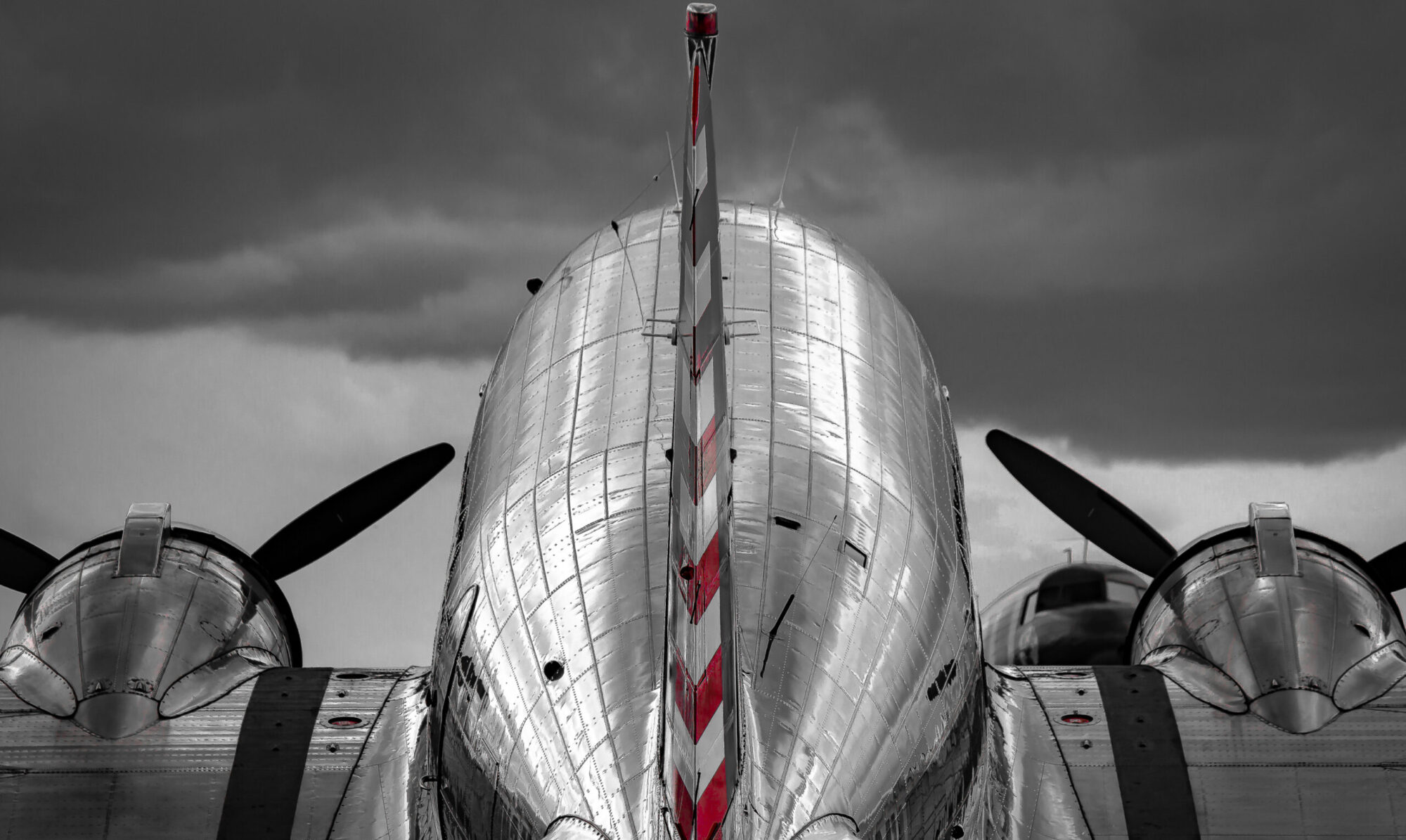But for the weather, D-Day would have come a day earlier.
The low that swept over the Channel on the eve of June 4, 1944, threatened the entire operation, roughing up the seas and driving rain onto troops crammed into the mass formation of landing craft.
The planning that goes into any large-scale operation is almost by necessity complex, and proportional to the number of people in authority (or think they are) that are involved. As I read the history, it’s clear that the planning for the Normandy invasion was no different.
Though Eisenhower was selected and named Supreme Allied Commander of the Allied Expeditionary Force (what a title!), even that was a process. To be sure, he spent a significant portion of his time in preparation for the invasion ensuring that if he couldn’t get buy in from those in authority below him (or in parallel commands), he had the time and fortitude to lobby at the top, securing his backing from Roosevelt and Churchill to seek his end. This was not always easy, though they knew deeply that he sought approval to ensure success of what has been called the most important military operation in history.
The final decision to move forward had to be made, with only a prediction of the weather clearing based in part on reports of increasing barometric pressure reported from a ship stationed 600 nm off the coast of Northern Ireland. The impending cold front would pass the coast of Normandy by early morning on the 5th. But the “go/no-go” decision? Made by one man alone, in a room in England where the rain fell on and the thundering wind shook the house.
Eisenhower felt weather in his bones, like the native Kansan he was. Air Chief Marshall Leigh-Mallory, concerned about the ability of his air force to execute in the borderline conditions, felt it too and lodged his reservations. In the end, Eisenhower gave the command, simply:
“Okay! Let’s go!”
from May 9, 2014
